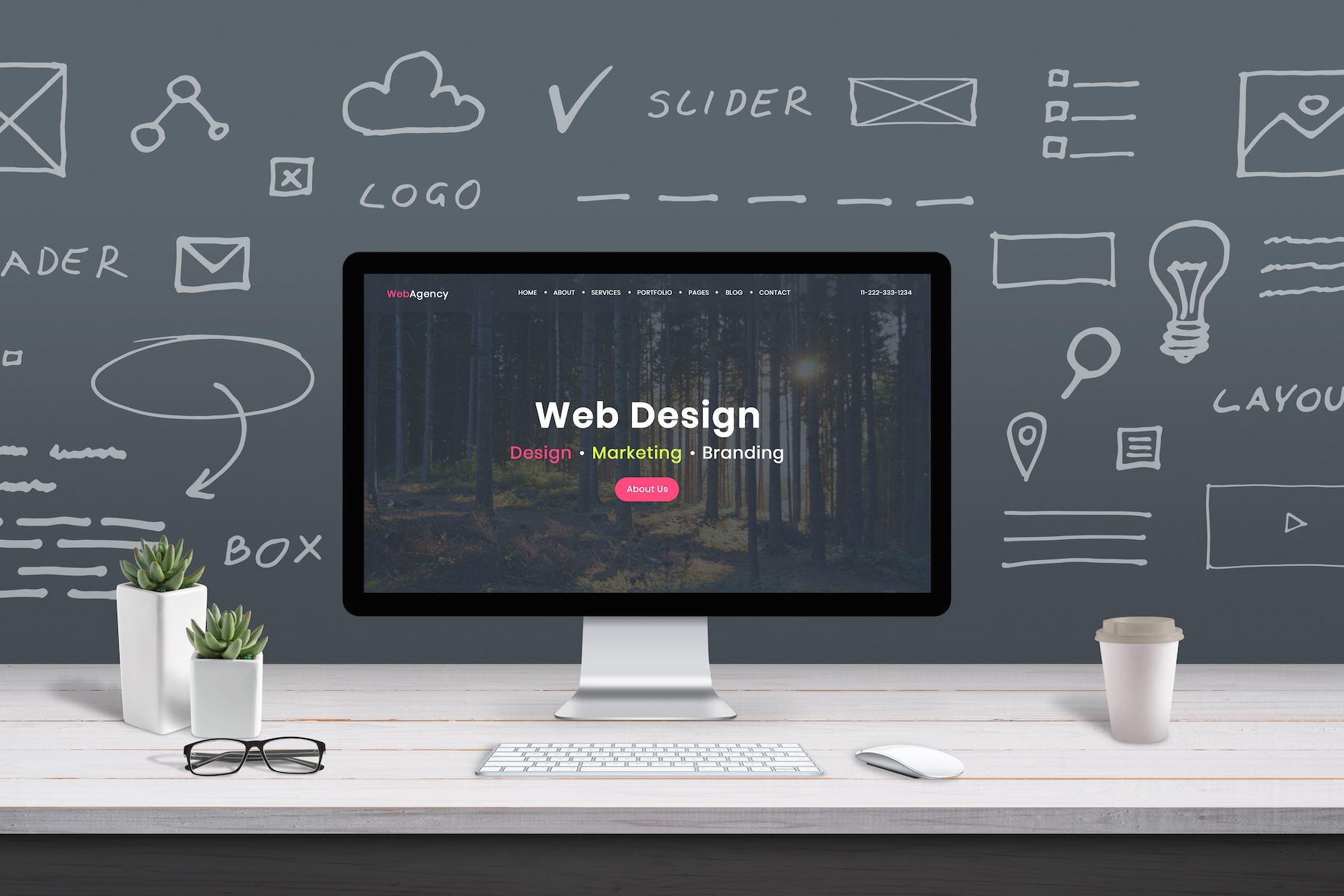In today’s digital landscape, where the face of your online presence can significantly impact your business’s success, understanding the evolution of web design is more crucial than ever. From the early days of the internet, where static HTML pages dominated, to today’s dynamic, content-driven sites, web design has undergone a profound transformation. This journey not only mirrors technological advances but also highlights the changing needs and behaviors of web users. For businesses aiming to stay competitive, partnering with experienced developers like Ask the Egghead Inc. can turn a functional website into a pivotal business asset.
The Dawn of Web Design
Initially, websites were purely informational, consisting mainly of text and limited graphics. These static websites were built using simple HTML code, and they served as digital brochures without any interactive features. While these sites were a novelty in the early 90s, their capabilities were limited in scope and functionality.
Transition to Dynamic Websites
As the internet evolved, so did the technology and tools available for web development. The introduction of CSS (Cascading Style Sheets) allowed web designers to create more visually appealing sites with better layouts and styles without compromising performance. JavaScript then introduced interactivity, enabling web pages to respond to user actions, leading to a more engaging user experience.
Content Management Systems (CMS) like WordPress revolutionized web design by allowing users to create, manage, and modify content without needing to write code from scratch. This democratized web design, making it accessible to non-technical users and allowing businesses to maintain their content easily.
The Role of Ask the Egghead Inc.
At this stage, Ask the Egghead Inc. began to play an increasingly critical role for businesses. By integrating these new technologies, Ask the Egghead provides clients with websites that are not just visually engaging but also optimized for performance and user experience. The expertise in responsive design ensures that websites look great and function seamlessly across all devices, which is essential in today’s mobile-first world.
Advancements in Web Technologies
The web continued to evolve with advancements in web technologies like HTML5 and CSS3, along with the growing importance of SEO and accessibility. These advancements meant that websites could not only have greater multimedia capabilities but also be found and used by a wider audience. Interactive elements and animation became commonplace, making websites more dynamic and engaging.
Custom Solutions by Ask the Egghead Inc.
Understanding the importance of staying at the forefront of web design technology, Ask the Egghead Inc. customizes solutions for each client. Whether it’s integrating advanced functionalities like e-commerce systems or ensuring that a site is ADA compliant, their approach is detailed and tailored to each business’s needs. This customization extends to performance optimization, ensuring that websites are fast, responsive, and capable of handling high traffic volumes, thus enhancing user satisfaction and loyalty.
The Future of Web Design
Looking forward, the future of web design promises even more exciting prospects with the integration of AI, machine learning, and perhaps even virtual reality. These technologies will continue to transform how websites function and interact with users. For businesses, this means that staying updated with the latest design trends and technologies is imperative.
Conclusion
In conclusion, the evolution of web design from static HTML pages to dynamic, highly interactive websites reflects broader technological advancements and a shift in user expectations. For businesses, the ability to adapt and evolve with these changes is critical. Partnering with a forward-thinking web development company like Ask the Egghead Inc. can ensure that your website not only meets the current standards but also sets you up for future success. In the digital age, a well-designed website is not just a part of your business—it is your business.

